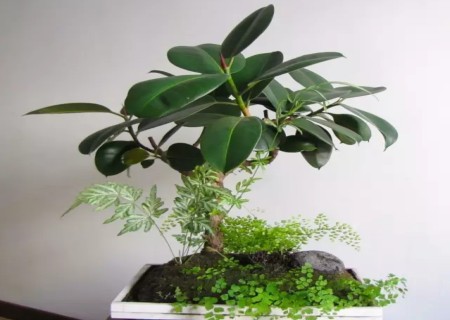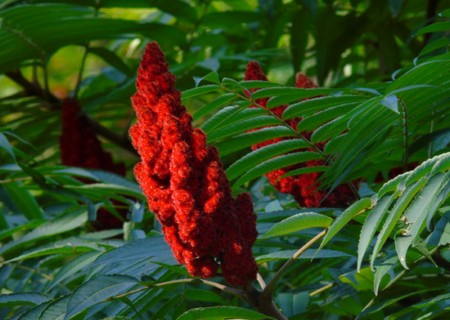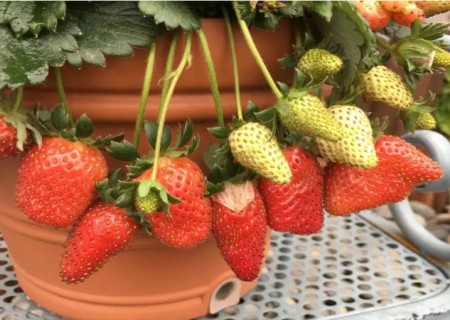How to grow potted rubber trees
The leaves of rubber tree are broad and thick, beautiful and glossy; the terminal buds are mostly red, and the stipules are shaped like red tassel after cracking. Family pot planting is quite characteristic and elegant, so it is a kind of foliage plant which is very suitable for indoor cultivation. In some previous articles, the editor introduced the breeding and management measures of potted rubber trees, but always forgot to tell you how to plant and cultivate them. Today, the editor will come to make up for you.

Family potted rubber trees are generally propagated by cutting, and cutting can be carried out in spring, summer and autumn. After the cuttage is completed, the cuttings should be cultivated and managed, and the young plants can be transplanted in the pot after the growth is stable. Of course, the process of reproduction and cultivation is very important, and conservation and management should not be careless. only in this way can we plant and cultivate the rubber trees planted in pots. Today, the editor will explain the process of planting rubber trees in the family.
I. Cuttage propagation
There are many ways of propagation of rubber tree. as a family pot planting, it is generally carried out by cutting, so it is appropriate to complete the cutting from April to September every year. First of all, we should choose the robust 1-year-old branches from the adult plants as cuttings. If it is autumn planting, it is appropriate to choose the sturdy branches of the year as cuttings, the cuttings only need to retain the middle leaves, and it is recommended that the leaves be cut in half to reduce water evaporation. Then insert it obliquely into the soil.
Second, seedling cultivation
After the cutting work is completed, the next thing that needs to be done is the process of cultivating seedlings until they grow into young plants and then transplant them in the pot. As long as the growth environment is suitable, the growth rate of rubber trees is very fast. It is suggested that the pot should be changed once a year in the seedling stage, and it can be planted in pots after growing into small trees about 2-3 years later. During the period of seedling cultivation, attention should be paid to water and fertilizer management to ensure that the seedlings have enough nutrients for their normal growth, and to increase light appropriately after the seedling growth is stable to promote photosynthesis. When the plant grows to about 1.5 meters, it will be ready for potting.
3. Transplanting process
In the preparation of basin soil, according to the growth characteristics of plants, it is suggested to adopt a fertile and loose soil allocation scheme, generally with rotten leaf soil: garden soil: river sand according to the ratio of 1:1:1. However, in order to increase nutrients, a small amount of base fertilizer can be added to the basin soil as base fertilizer. After the allocation of soil is completed, it is ready for transplanting. The transplanting process is basically the same as that of most potted plants, so I won't repeat them here.
IV. Maintenance and management
The maintenance and management of rubber trees after transplanting are mainly water, fertilizer and pruning management. In addition to daily watering, it is common to maintain topdressing 1-2 times a month after transplanting, mainly with thin liquid fertilizer or compound fertilizer. Because the rubber tree is not resistant to cold, it is necessary to keep the ambient temperature above 10 ℃ in winter before it can grow normally. Shading measures should be taken in summer to avoid direct sunlight, and it is recommended to fully receive sunlight in winter. However, in order to control the plant growth height, achieve the purpose of dwarfing, and at the same time make the plant shape appear more plump, the growing season should not only be heart-picked, but also be often pruned in the later stage. (written by: laughing Book 21:37)
Time: 2019-05-24 Click:
- Prev

Planting methods and matters needing attention of Torch Tree
Torch tree, also known as antler lacquer, Lacqueraceae is a small tree, its ear is shown in bright red, the fruit is oblate, with red burrs, clusters into torch-shaped, can be used as a scenic tree species. The reproduction speed of this plant is unmatched by many tree species.
- Next

How to plant potted strawberries
Many people like to eat strawberries, especially young women. Strawberries are tender and delicious, sour and sweet and juicy, and their nutritional value is also very high. it is a rare fruit with color, fragrance and aroma, which is called the fruit queen and is loved by the majority of consumers. But this kind of fruit is very expensive in the market.
Related
- Fuxing push coffee new agricultural production and marketing class: lack of small-scale processing plants
- Jujube rice field leisure farm deep ploughing Yilan for five years to create a space for organic food and play
- Nongyu Farm-A trial of organic papaya for brave women with advanced technology
- Four points for attention in the prevention and control of diseases and insect pests of edible fungi
- How to add nutrient solution to Edible Fungi
- Is there any good way to control edible fungus mites?
- Open Inoculation Technology of Edible Fungi
- Is there any clever way to use fertilizer for edible fungus in winter?
- What agents are used to kill the pathogens of edible fungi in the mushroom shed?
- Rapid drying of Edible Fungi

